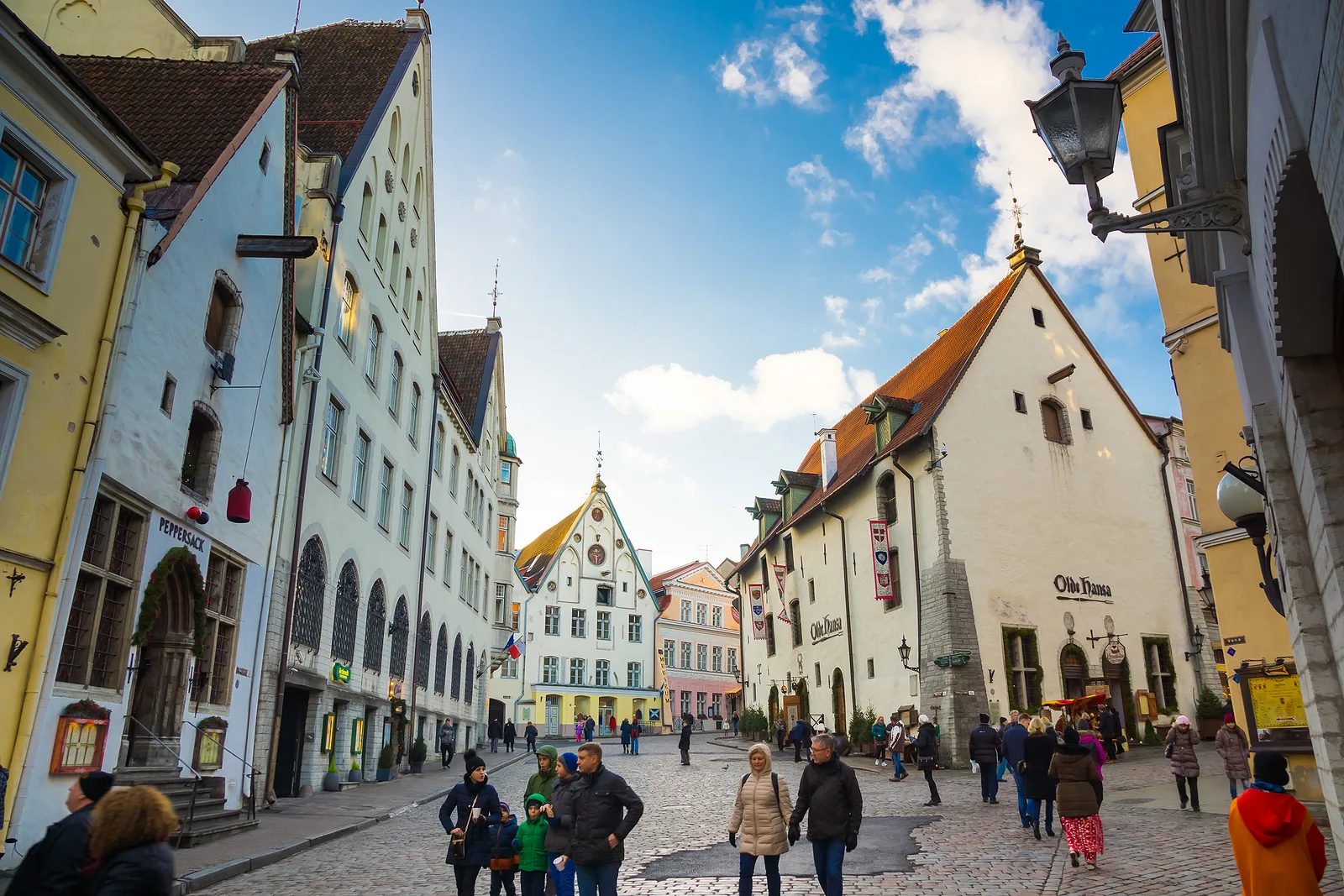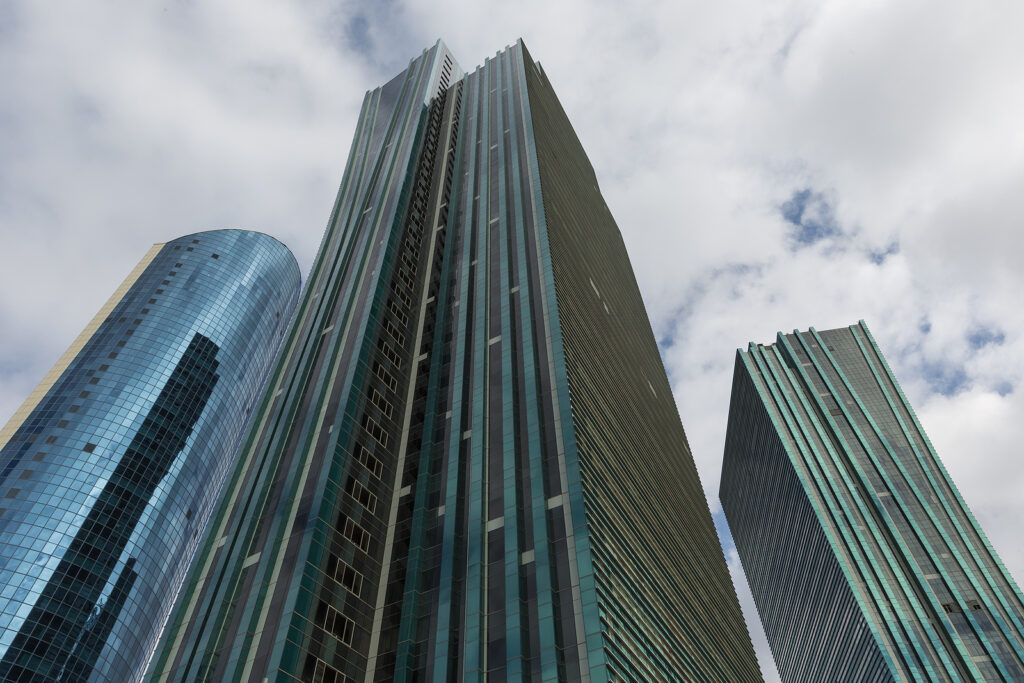As Russia’s ‘special military operation’ nears its second anniversary, all bets are off concerning Vladimir Putin’s next target should he be left undeterred by the Western powers.
Any other republic once occupied by the Soviet Union could be fair game since exercising the right to self-determination is construed as ‘de-russification’ and an affront to Moscow. The Russian dictator hoped that by making an example of Ukraine, he would successfully box in his Central Asian and Eastern Partnership (EaP) neighbours.
For Kazakhstan, however, keeping big brother Russia at arm’s length is part and parcel of bridging the trust deficit between the government and the masses. Unlike natives of the smaller -stans, whose economies are still kept afloat by remittances from expatriate migrant labour, the younger generation of outward-looking and well-travelled Kazakhs do not regard Russia as a land of milk and honey.
Rather, they see through the lasting damage Putin has single-handedly inflicted on Russian society for years, if not decades, and want no part of it. At the same time and by virtue of gaining more exposure to the West through Bolashak scholarships and enhanced international air connectivity, these freedom-loving millennials have no misgivings about putting themselves in harm’s way to rid Kazakhstan of one-man rule.
Kazakhstan’s neutrality
Though initially brought on by a sudden and unaccounted for hike in liquified petroleum gas (LPG) prices, the 2022 ‘Bloody January’ protests that resulted in 238 casualties were, by and large, the culmination of decades of malcontent brewing among ordinary folk who felt hard done by Kazakhstan’s kleptocratic elite.
Having assumed the mantle nearly five years ago, the incumbent Tokayev was widely perceived as a lame-duck figurehead from the old guard handpicked by and operating at the behest of éminence grise Nursultan Nazarbayev. Nonetheless, Tokayev has refused to take the fall for his predecessor’s self-indulgence and all but expunged the cult of personality built around ‘Elbasy’.
This includes the dismantling of monuments to the former head-of-state as well as officially reverting the capital’s name from Nur-Sultan to Astana. To reassure the general public that he is not paying mere lip service to the ‘New Kazakhstan’ they envisage or throwing them a bone with cosmetic constitutional amendments, the 70-year-old career politician also oversaw the arrest of Nazarbayev’s relatives as well as close associates who amassed vast fortunes through illicit means and various abuses of power.
Despite calling upon the Collective Security Treaty Organisation (CSTO) to quash the bloodiest uprising in Kazakhstan’s modern history and arguably owing his political survival to this Russian-led military coalition, Tokayev has doubled down on asserting his administration’s neutrality vis-à-vis Ukraine.
He pushed back against recognising the independence of occupied Donetsk and Luhansk at the 25th St. Petersburg International Economic Forum (SPIEF) and was believed to have had a hand in the ‘Yurts of Invincibility’ project.
Admittedly, this defiant stance—together with a so-called ‘linguistic awakening’ in the world’s largest landlocked nation—has been met with provocative bluster and veiled annexation threats from the State Duma’s ultra-nationalist wing.
Outsized leverage
That being said, Kazakhstan’s top brass is cognisant of their outsized leverage over an increasingly isolated and financially-crippled Russia. Putin’s dogged quest to aggrandise the Global South and inculcate the death of Pax Americana in his support base could potentially pave the way for a confluence of BRICS, the Shanghai Cooperation Organisation (SCO) and the Eurasian Economic Union (EAEU).
The newly-expanded BRICS group has already been dealt a two-pronged blow, with Argentina opting out altogether and Saudi Arabia slow-walking its accession. Make no mistake, extending invitations to four tyrannical Middle Eastern regimes and a failed sub-Saharan state in Ethiopia was by design. This gambit sought to lay bare the lack of red tape involved in making the cut while the European Union continues to stonewall its enlargement plans and raise the bar for existing candidates.
BRICS readily accepting developing third countries who want in is, nonetheless, a fig leaf to mask the crisis of legitimacy that the bloc is undergoing. Its de facto kingpins—China and Russia—are bracing themselves for the prospect of Saudi Crown Prince Mohammed Bin Salman, andby extension Emirati leaderMohammad Bin Zayed,following Argentinian President Javier Mileiout of the door.
The multilateral organisation’s stated objective of dethroning the US dollar as the world’s reserve currency has understandably not sat well with Washington. The White House will use every lever at its disposal—including the rescission of security guarantees—to subvert this pernicious endeavour and dissuade their GCC partners from entering into an unholy alliance with adversaries like Russia, China and Iran.
As the Israel-Hamas conflict in Gaza reaches a flashpoint and risks spilling over into the Persian Gulf proper courtesy of escalatory attacks by the Houthi rebels, the last thing Riyadh and Abu Dhabi will want is to be left high and dry to fend for themselves. Moreover, Egypt—which is the second largest recipient of American foreign aid—also runs the risk of being strong-armed into rethinking its membership.
Both Putin and his Chinese counterpart Xi Jinping are looking to Kazakhstan as an insurance policy of sorts to press ahead with their imperialist agenda in the event that BRICS is no longer fit for purpose. Keen to reshape travel preferences and habits among their middle-class citizenry, there are telltale signs of a Sino-Russian campaign underway to create a ‘pan-Eurasian Schengen’.
In a bid to bifurcate strained diplomatic ties from cultural exchanges at the grassroots level, China has opened up at breakneck speed to Western and ASEAN tourists over the past few months by waiving or facilitating entry requirements. Moscow and Tehran are on a similar trajectory of rolling out streamlined electronic visas to cultivate greater people-to-people interaction and reap the windfall generated from inbound tourism.
Not only is Kazakhstan the locus of these grand plans to compliment Beijing’s Belt and Road Initiative (BRI) with a ‘Minsk to Macau’ leisure travel zone, but it has also emerged as a reliable sanctions-circumvention hub, notwithstanding assurances by Tokayev to the contrary.
A golden opportunity
Logistical considerations aside, the absence of language barriers gives Kazakhstan an edge over other ‘friendly’ jurisdictions like Turkey and the United Arab Emirates that have helped Russia skirt around punitive measures.
The fact that it continues to churn out polyglots who are fluent in both Russian and Chinese is a major selling point. Recession-hit China faces the threat of being placed under an unprecedented economic siege if Republican front-runner Donald Trump returns to power later this year.
The CCP will have almost certainly have begun preparing for this eventuality and setting their sights on Kazakhstan’s state-of-the-art Astana International Financial Centre as a workaround. The EU ought to have figured out by now that timidity and risk-aversion do not pay off when dealing with despots like Putin or Chairman Xi.
Be it an Association Agreement or an extension of the Eastern Partnership, European leaders have a golden opportunity to lure Kazakhstan away from an authoritarian nexus on the decline.







